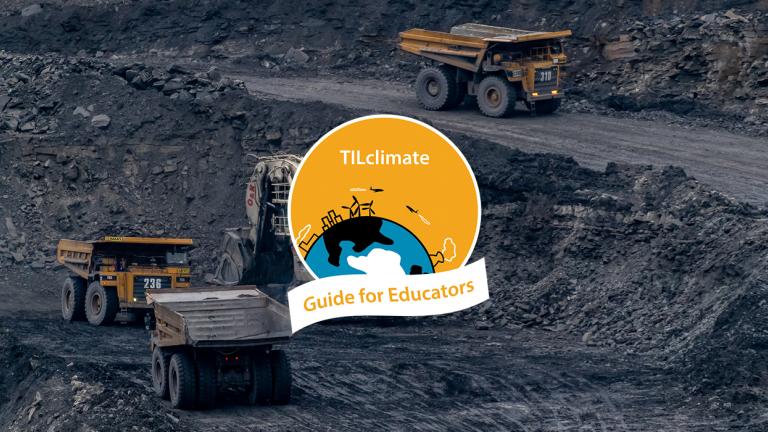
This Guide for Educators was developed by the MIT Environmental Solutions Initiative as an extension of our TILclimate (Today I Learned: Climate) podcast, to make it easier for you to teach climate change, earth science, and energy topics in the classroom. It is an extension of the TILclimate episode "TIL about fossil fuels."
Browse all TILclimate guides for educators.
Description
Fossil fuels are used throughout our world. Why are they called that, and where do they come from? What are the impacts of their extraction, distribution, and use? Fossil fuels are at the center of a lot of big questions. Students develop and answer their own specific, testable questions using a data visualization website.
SWBAT:
-
Explain where coal, oil, and natural gas come from.
-
Understand the differences between coal, oil, natural gas, and gasoline.
-
Explain why fossil fuels are considered non-renewable.
-
Understand the relationship between burning fossil fuels and climate change.
-
Develop, refine, and answer a specific, measurable question with a given data-visualization tool.
Skills:
-
Asking and answering questions
-
Data visualization and analysis
-
Logical sequencing
Standards:
-
HS-ESS3-3 Management of natural resources
-
HS-ETS1-1 Analyze a major global challenge
-
WHST.9-12.7 Conduct short research project to answer a self-generated question
-
HSN-Q.A.3 Choose a level of accuracy appropriate to limitations on measurement
Disciplinary core ideas:
-
ESS3.C Human Impacts on Earth Systems
-
ETS1.A Defining and Delimiting an Engineering Problem
What is included in this Educator Guide
- How to use TILclimate Educator Guides (Download)
- Full Educator Guide (Download)
- Includes both Teacher and Student pages
- Includes both Teacher and Student pages
- Teacher pages (Download)
- Includes materials, discussion questions, background resources, and adaptation suggestions for science, social science, and ELA teachers
- Includes materials, discussion questions, background resources, and adaptation suggestions for science, social science, and ELA teachers
- Student pages (Download)
-
Puzzle: The Story of Fossil Fuels
-
Reading: Asking SMART Questions
-
Developing Your Own SMART Questions: Fossil Fuels
-
Example: Wind Power SMART Question
-
Rubric: SMART Questions Evaluation
-
Listen to the episode


